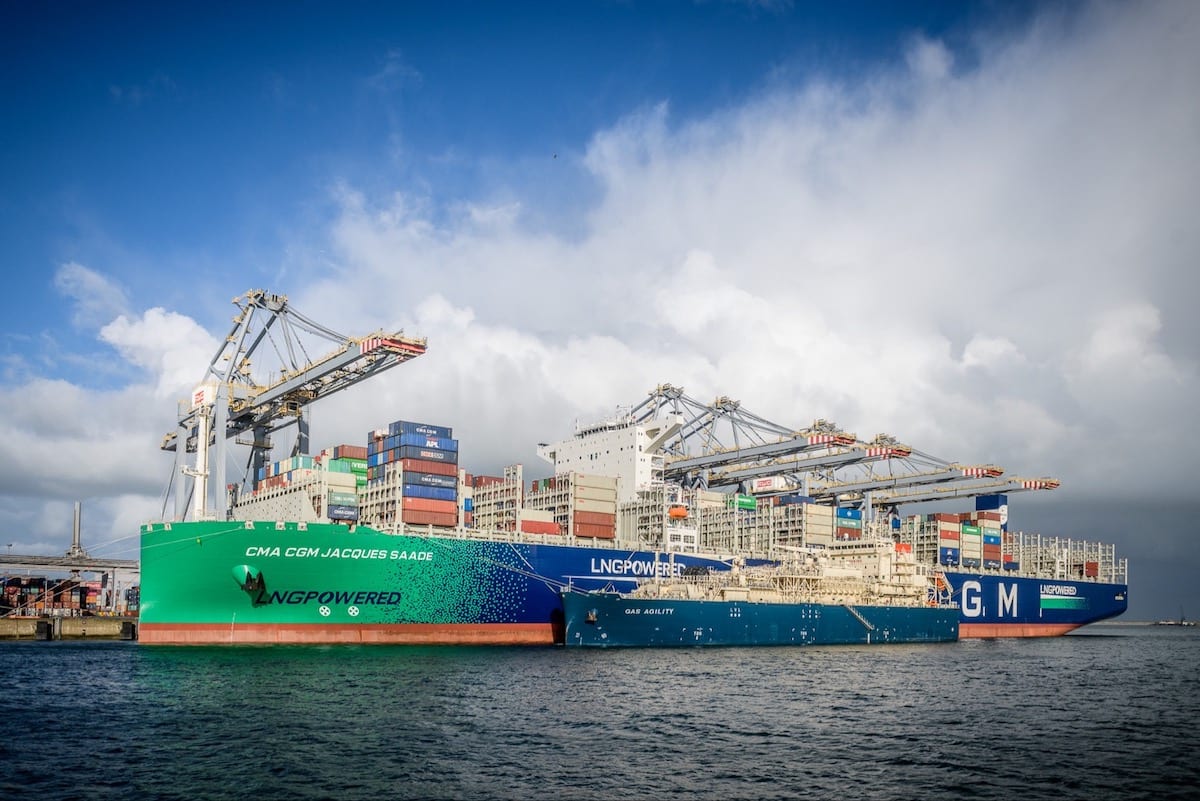Suez Canal Bridge. Image by Aashay Baindur
By Naomi Christie
Oct. 21 (Bloomberg) — The cost of shipping iron ore jumped the most on record amid speculation that Chinese traders are increasing purchases of the raw material used in steel.
Daily rates for Capesize vessels hauling about 160,000 metric tons of the commodity jumped 38 percent to $12,580 today, according to the Baltic Exchange in London, a shipping bourse tracking freight rates on more than 50 routes. The advance was the biggest in percentage terms in data starting in March 1999. Costs climbed by more in dollar terms in December.
China, the world’s biggest importer of iron ore, is buying record amounts of the commodity at a time when its growth is slowing. The Asian country received an average of 77.72 million tons a month this year, customs data show. Its economy will expand by 7.3 percent this year, the slowest pace since 1990, economists’ estimates compiled by Bloomberg show.
“We’re seeing an increased push towards Chinese volume being shipped,” Alex Gray, chief executive officer of Clarkson Securities Ltd., a unit of the world’s biggest shipbroker, said by phone. “That’s what’s driving us upwards at the moment.”
The increase in Capesizes led gains in other ship rates. The Baltic Dry Index, the exchange’s widest measure of freight costs for dry commodities including iron ore and coal, added 12 percent to 1,090 points, the biggest one-day gain since February 2009. Rates for the biggest ships able to cross the Panama Canal rose 3.7 percent to $8,265 a day. Costs for smaller vessels slid.
Iron ore delivered to the Chinese port of Qingdao has rallied for three consecutive days, advancing 0.3 percent to $81.83 a dry metric ton today, according to data from Metal Bulletin.
Chinese Economy
Freight swaps that traders use to bet on future Capesize rates surged. October contracts for the ships climbed 6.7 percent to $12,000 a day, according to data from Clarkson Securities.
China’s economy grew by 7.3 percent in the July-September period, compared with a year earlier, the statistics bureau said in Beijing. That exceeded the 7.2 percent median estimate in a Bloomberg survey of analysts. Australia is the largest exporter of iron ore to China, followed by Brazil.
“The Brazilians are back in the market in a meaningful way for the first time in a while,” Jonathan Chappell, shipping analyst at New York-based Evercore Partners Inc., said by phone. “That’s driving long-haul demand from the Atlantic Basin to the Pacific Basin.”
Copyright 2014 Bloomberg.
Unlock Exclusive Insights Today!
Join the gCaptain Club for curated content, insider opinions, and vibrant community discussions.

 Join The Club
Join The Club













